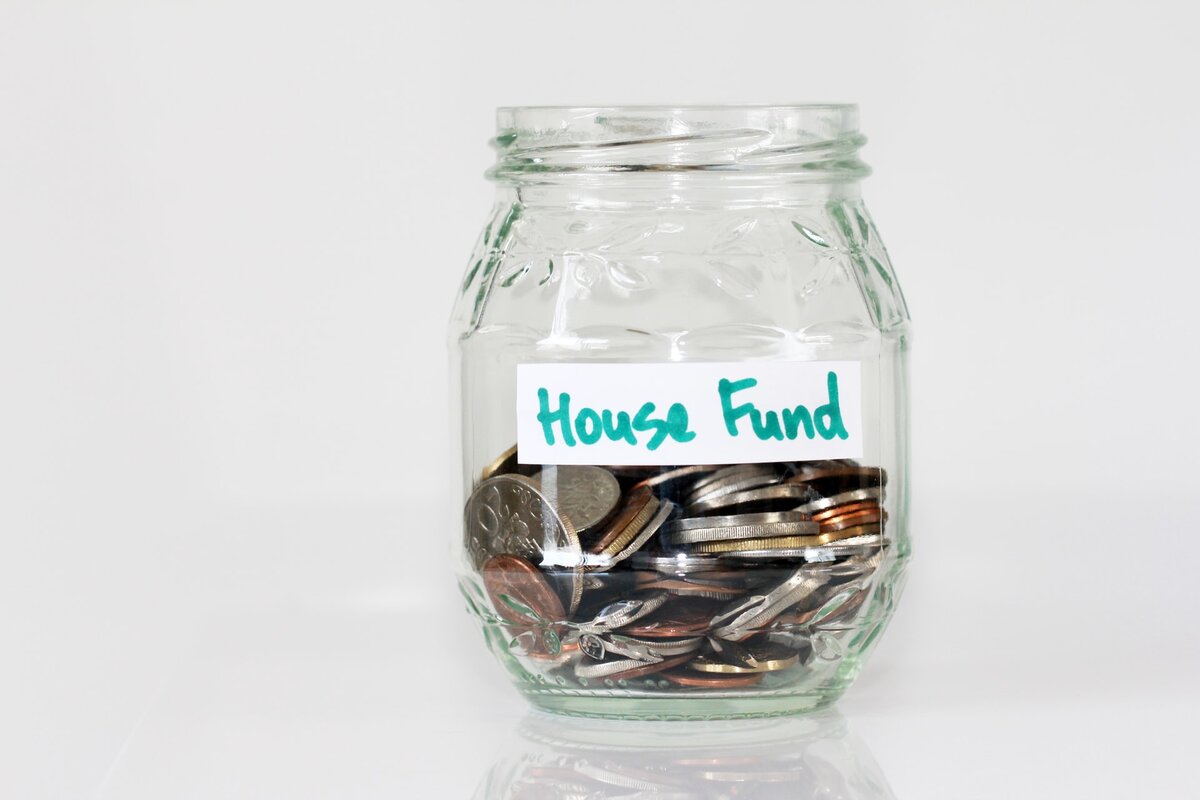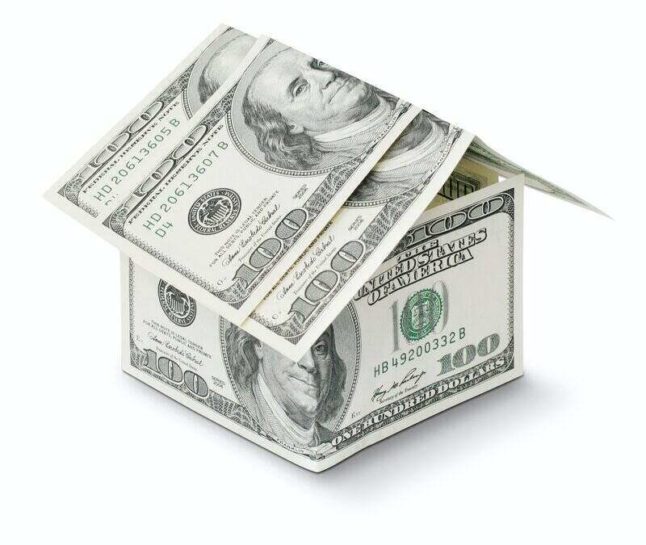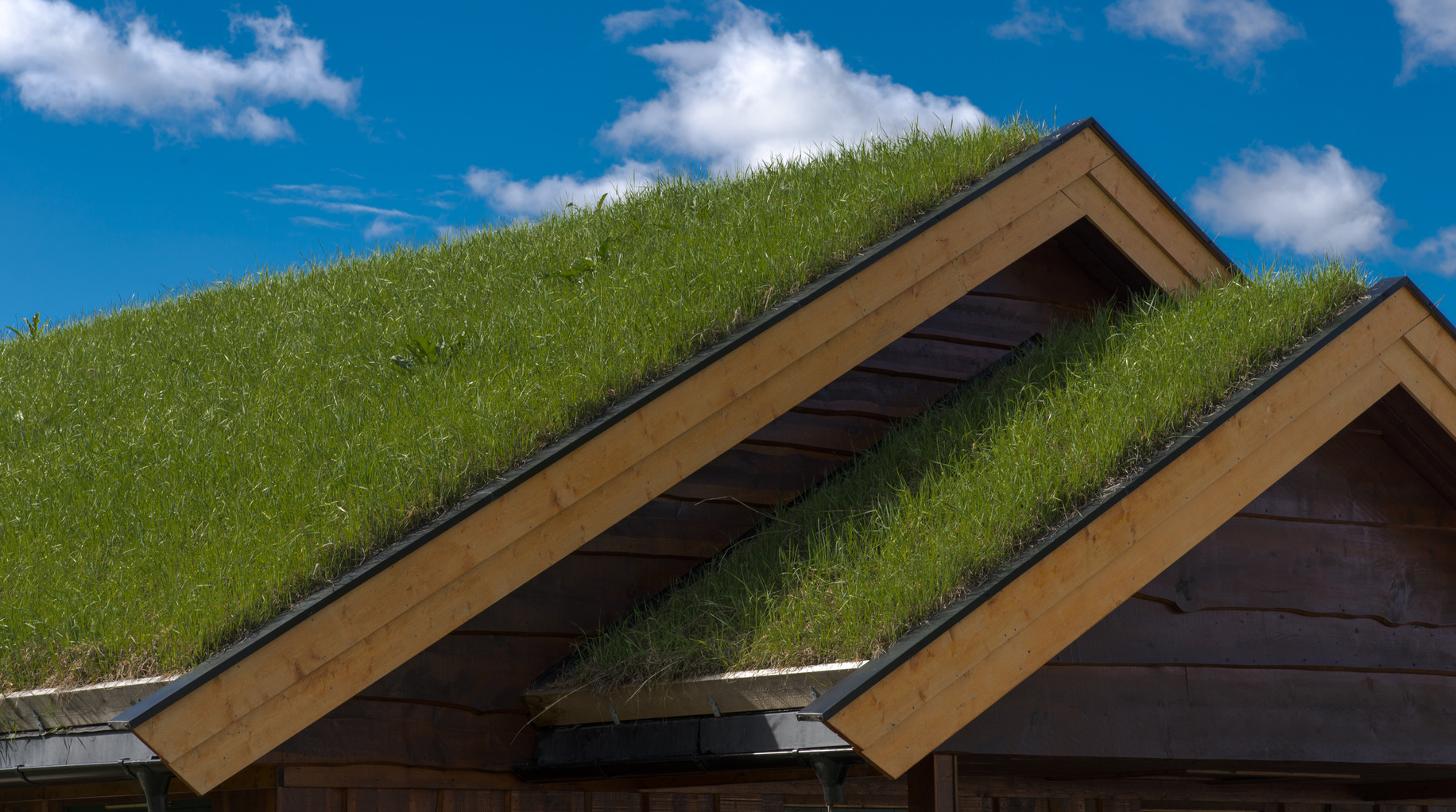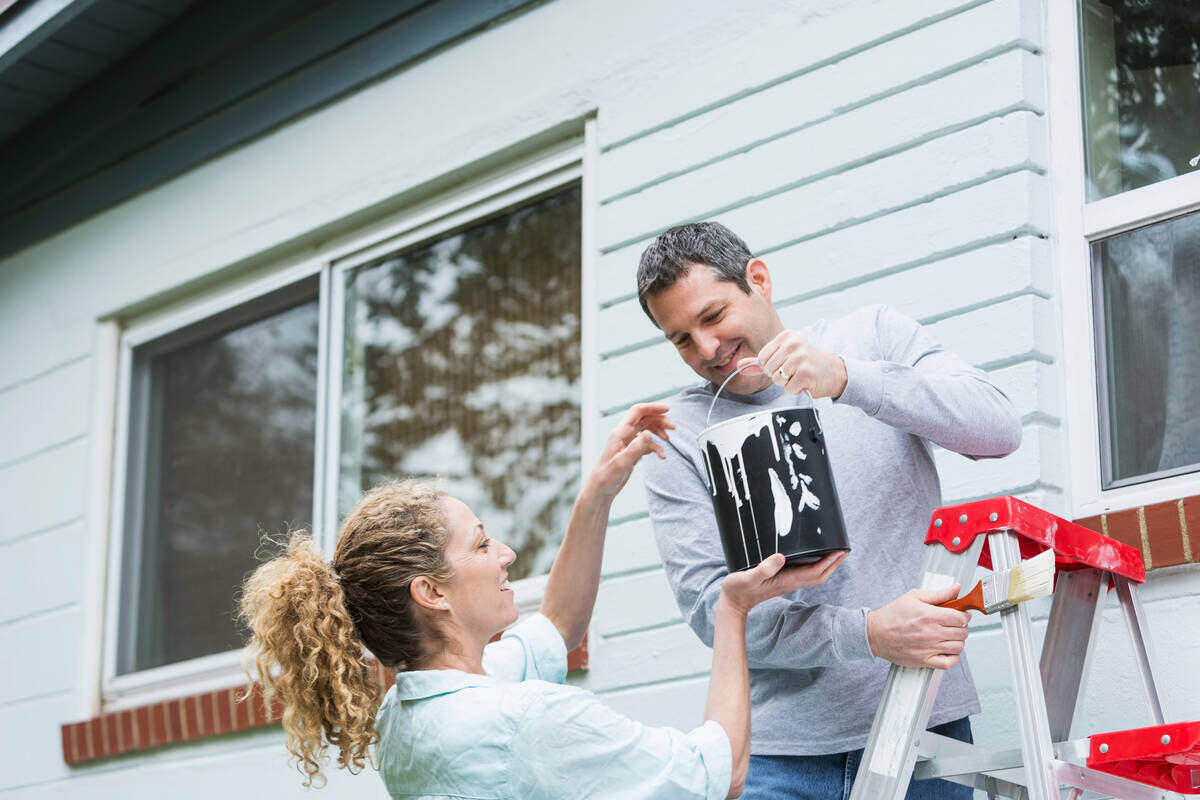
You just walked away from the closing table with the keys to your new home — yay! The home purchase might be done, but your expenses have only just begun. When you’re figuring out your new homeowner’s budget, don’t forget to factor in the annual cost of maintaining a home.
What’s included in annual home maintenance? First of all, there’s routine maintenance such as lawn care, pest control, and minor repairs (like fixing a leaky faucet). Outside of your maintenance costs, you also have to leave room in your budget for potential major repairs (like replacing the roof).
This guide will help you figure out how to set your annual home maintenance budget based on your home’s value, age, size, and other factors.
How to Budget for Home Maintenance

Maintenance and repair costs are different for each individual home. There’s no way to predict exactly how much you’ll spend every year, but these popular methods will help you come up with an idea of how much you should set aside in your savings account each month.
The 1% to 4% Rule of Thumb
The most common method of estimating home maintenance costs is to assume you’ll spend between 1% and 4% of your home’s value each year. For example, if your house is worth $200,000, you should plan to spend $2,000 to $8,000 on maintenance every year.
Of course, that’s a very wide range. Many factors will affect the cost of maintenance for your home, and you can use those factors to figure out if you should budget closer to the low end (1% of your home’s value) or the high end (4% of your home’s value) of that range.
You’re probably fine setting aside closer to 1% of your home’s value every year if:
- You have a newer home (10 years old or less).
- Your home is located in a mild climate where it doesn’t freeze in winter, there isn’t a lot of rain, and the humidity isn’t high.
- Your home is small to average in size.
- You or the previous owner (if there was one) have taken good care of the home.
You should set aside closer to 4% of your home’s value every year if:
- You have an older home (30+ years old).
- Your home is located in an area that gets severe weather or that’s near water.
- Your home is large in size (3,000+ square feet).
- You or the previous owner haven’t kept up with regular maintenance tasks (like changing HVAC filters, cleaning gutters, or getting regular roof inspections).
If your home has a mix of these features or falls somewhere in the middle, you can budget in the 2% to 3% range. Keep in mind, you’re better off budgeting too much money toward home maintenance than not enough.
Here’s how to use this method to calculate your monthly home maintenance budget:
- Step 1: Convert the percentage to a decimal (1% would be 0.01, 2% would be 0.02, and so on)
- Step 2: Home value x 0.01 to 0.04 = Annual home maintenance budget
- Step 3: Annual home maintenance budget ÷ 12 months = How much to set aside each month
As an example, let’s say your home is worth $200,000, and you decide based on the factors listed above that you want to budget 2% of your home’s value toward maintenance each year. The calculation would look like this:
- $200,000 x 0.02 = $4,000 (your annual home maintenance budget)
- $4,000 ÷ 12 = $334 (how much you should set aside for maintenance each month)
Just plug in your home’s value and the percentage you think best fits your situation to find out what your annual and monthly maintenance budget should look like.
The Square Footage Method

Another way to figure out approximately how much money you should save for home maintenance is to use your home’s square footage. Every year, you should save $1 for every square foot of your home.
For example, the average size of a new home in the United States in 2020 was 2,261 square feet. That means, according to this method, the average home maintenance cost would be about $2,261 per year.
Here’s how to use this method to calculate your monthly home maintenance budget:
- Home square footage ÷ 12 months = How much to set aside each month
In the 2,261-square-foot example, the calculation would look like this:
- 2,261 ÷ 12 = $189 (how much you should set aside each month for home maintenance)
This method is very simple, which makes it easy to follow. On the other hand, it’s not as accurate. The square footage method doesn’t take into account factors like your home’s age and location. It also leaves out the cost of outdoor services such as lawn care and landscaping.
Still, if you’re just looking for a ballpark number of what to put in your savings account each month to cover home maintenance coss, your home’s square footage can give you an approximate goal.
Ask the Previous Owner
Remember that the cost of home maintenance depends on many factors specific to your house. If you’re buying a pre-owned house, the previous owner can give you a more detailed and accurate maintenance cost estimate than any of these calculations.
If possible, sit down with the previous owner and go over which repairs your home has needed over the years and how often it needed those repairs. This will give you a good idea of how often you’ll need to pay for the same repairs in the future.
This method will only work if the previous owner of your home was responsible about keeping up with routine maintenance and minor repairs. You don’t want to base your budget on someone who skipped the necessities of keeping a home in good shape (which you would never do, right?).
Factors That Affect Average Home Maintenance Costs
As we mentioned before, there are many factors that will make annual home maintenance cost more or less. Now, we’ll go into more detail about the most important factors and how you can use them to tweak your maintenance budget and make it more accurate for you.
Age of Your Home
Older homes with older systems and appliances usually need more frequent repairs than newer homes. Plus, those older systems can be more expensive to repair because the parts aren’t readily available.
For these reasons, you should leave more room in your budget for home maintenance if you’re buying an older home. The following table shows some general guidelines to follow when budgeting based on the age of your home.
| Age of Home | Recommended Annual Home Maintenance Budget |
| 30+ years | 4% of home value |
| 20 – 30 years | 3% of home value |
| 10 – 20 years | 2% of home value |
| Less than 10 years | 1% of home value |
Location of Your Home
Your home’s location affects the cost of maintenance in two ways: climate and cost of living.
Here are some climate characteristics that will result in more frequent home repairs and necessary maintenance services:
- Severe winters: Homeowners in regions with heavy snowfall and extreme freezing temperatures will have to deal with burst pipes, ice dams on the roof, warped home structure from temperature changes, and increased risk of wildlife hiding inside the walls or attic during winter.
- High humidity: Homes in humid areas or coastal regions are more likely to get mold or mildew. Pest infestations (including termites) are also more common where it’s humid.
- Heavy rainfall: Lots of rain, high winds, and hail are hard on your home’s exterior. If you live in a particularly stormy region, you can expect more frequent roof and siding repairs, not to mention outdoor services like tree removal and yard cleanups.
On the other hand, if you live in a region with a dry climate where temperatures don’t drop too low, your home will probably need fewer repairs.
The general cost of living is another factor to consider in your budget. If you live in a metropolitan area or a state with higher taxes than the usual (such as California), your contractors will charge more for their services than those in other parts of the country.
The following table shows how you can adjust your annual home maintenance budget based on your home’s location.
| Add 1% of your home’s value to your yearly budget if any of these apply to your area: |
| Temperatures consistently stay below 20 degrees* in winter |
| Typical relative humidity is 60% or higher** |
| A large body of water (such as an ocean, lake, or river) is nearby |
| Prone to heavy rainfall or severe weather events (hurricanes, tornadoes, snowstorms, etc.) |
| Cost of living is generally high compared to the rest of the country |
*The temperature at which pipes tend to freeze.
**Humidity at this level encourages mold growth.
Size of Your Home

In a larger house, you have more space to take care of. Pressure washing the roof and walls takes longer, preventive pest control treatments have to cover more ground, and HVAC systems have to work harder to keep rooms heated or cooled. There are also more things that can go wrong and require repairs in a larger house.
So, the larger your house is, the more you’ll spend every year on maintenance and repairs. That’s why calculating your budget based on your home’s square footage can be a good idea. Just make sure to adjust that figure according to your home’s age, location, and condition.
Condition of Your Home
If you or your home’s previous owner have kept up with regular maintenance, your home should be in pretty good condition. Keeping up with regular maintenance means:
- Mowing the lawn every 1-2 weeks
- Keeping trees and shrubs trimmed so they don’t become overgrown
- Cleaning out the gutters at least twice a year
- Pressure washing the outside of your home and having the roof cleaned once or twice a year
- Getting a roof inspection once a year
- General indoor cleaning (floors, bathrooms, kitchen, etc)
- Getting preventive pest control treatments on a regular schedule
- Changing HVAC filters at least every three months
- Checking water fixtures for leaks regularly
- Inspecting the foundation regularly for cracks, warping, sinking, or other issues
When you keep your home in good condition with tasks like the ones listed here, you reduce the chances of your home needing repairs. These maintenance tasks cost money, yes, but if you slack off, you could end up spending a lot more on major repairs.
If your home’s maintenance has been neglected for a long time, you should set aside more money in your yearly budget to prepare for the frequent repairs likely coming your way.
Home Maintenance vs. Home Repairs
When we talk about home maintenance, here’s what’s included:
- Routine maintenance: Regular services your home needs every few weeks or months (i.e. lawn mowing, preventive pest control treatments, or replacing HVAC filters)
- Minor repairs: The kind of small, relatively easy fixes a home may need every few months (i.e. fixing a leaky faucet, replacing a cracked tile, or installing a new light switch)
Major home repairs, which are not a part of regular home maintenance, are more unpredictable and far more expensive. These big-ticket home items include things like replacing a water heater, repairing a sinking foundation, or purchasing a new refrigerator because the old one finally gave out.
Even if you don’t spend your whole home upkeep budget on maintenance every month, it’s a good idea to put any leftover money into a savings account. Then, you aren’t caught unprepared when major repairs pop up in the future — and something will pop up sooner or later. That’s an inevitable part of homeownership.
Breakdown of Routine Maintenance Costs
The following table shows the typical cost of common home maintenance and repair services. These costs are what your yearly maintenance budget has to cover.
The price estimates listed below reflect how much you would spend to hire a professional for each job. You can save money by doing simple jobs yourself, such as mowing your own lawn or cleaning your own gutters.
Leave the more specialized jobs, like anything related to your home’s roof, wiring, or plumbing, to the pros. In many cases, DIY attempts lead to safety risks and expensive repairs.
| Service | What Most U.S. Homeowners Spend |
| Lawn mowing | $29 – $65 every one or two weeks |
| Landscape maintenance | $133 – $370 per month |
| Gutter cleaning | $120 – $203 two to four times per year |
| Pressure washing | $183 – $379 once or twice per year |
| Roof cleaning | $374 – $606 once a year |
| Roof inspection | $100 – $450 once a year |
| Minor roof repairs | $348 – $1,186 depending on the size and type of repair |
| Preventive pest control treatments | $110 – $250 every three months |
| Replacing HVAC filters (DIY) | $10 – $30 per filter every three months |
| Minor HVAC repairs | $159 – $525 depending on the type of repair |
| Minor plumbing repairs | $158 – $417 depending on the type of repair |
| Minor electrical repairs | $146 – $442 depending on the type of repair |
| Appliance repairs | $100 – $415 depending on the appliance and type of repair |
Cost of Major Repairs
These major repairs aren’t things you should expect to pay for every year, but you should still be prepared. You never know when a big storm is going to hit or your heater is going to stop working suddenly.
When you put leftover money from your monthly maintenance budget into a savings account, these are the kind of repairs you’re saving up for. Keep in mind, this list by no means encompasses every major repair a home could possibly need.
| Type of repair | What Most U.S. Homeowners Spend |
| Roof replacement | $5,706 – $11,185 |
| Siding replacement | $5,630 – $17,388 |
| Septic tank replacement | $3,138 – $8,518 |
| Water heater replacement | $876 – $2,054 |
| Furnace replacement | $2,383 – $6,110 |
| Air conditioning unit replacement | $3,787 – $9,125 |
| Mold remediation | $1,373 – $3,325 |
| Termite removal | $135 – $1,390 |
| Foundation repair | $2,075 – $7,250 |
FAQ About Home Maintenance Costs
A home warranty helps cover the cost of things that homeowners insurance doesn’t cover. The typical home warranty pays in part for repairs and replacements of a home’s major components, such as:
— HVAC systems
— Plumbing
— Electrical
— Appliances
Your home warranty would be a contract between you and a home warranty company.
According to Investopedia, a home warranty comes with an annual premium of several hundred dollars and a service call fee of about $75 to $125 every time you request service from a contractor.
Homeowners insurance can cover many different things, all depending on the specific policy you sign up for.
Here are some examples of what homeowners insurance can help pay for (provided the deductible is met):
— Structural repairs as a result of fire, wind, lightning, hail, or other natural disasters
— Replacing personal property inside the home that gets stolen or damaged
— Medical and legal expenses if someone gets hurt while in your home or on your property
Homeowners insurance does NOT cover routine maintenance and repairs.
Letting a stranger into your home can be nerve-wracking, and you want to make sure you find a contractor you can trust. Here are some tips to follow when you’re looking for a new plumber, electrician, handyman, etc:
— Get quotes from at least three different contractors in your area for price comparison
— Look for positive reviews on third-party sites (such as Google or Nextdoor) instead of on the company’s own website
— Ask for proof of up-to-date licenses
— Make sure the contractor has insurance
— Look for longevity. If possible, choose a company that has been in business for 10+ years
Regular Home Maintenance Saves Money in the Long Run
You wouldn’t try to skimp on your mortgage payments or property taxes, right? So don’t try to skimp on home maintenance costs, either. Being able to afford the annual cost of maintaining a home is just as essential for a potential homebuyer as being able to pay the bills.
Don’t believe us that regular home maintenance is essential? Let’s look at an example of the cost of maintenance vs. the major repairs you’re looking at if you decide to let maintenance fall by the wayside.
Professional gutter cleaning costs about $162 on average, and you should ideally have your gutters cleaned twice a year, which means an annual cost of about $324. An annual roof inspection costs on average $275.
If you let your gutters get clogged, water and ice can build up on your roof over time and cause major structural damage. Without your yearly roof inspection, you won’t find this damage until it’s way too late for an easy fix. At that time, you’ll spend $5,706 to $11,185 for a new roof.
Would you rather spend about $600 per year or potentially $11,000 all at once? That’s about 18 years’ worth of annual maintenance costs. As you can see, a little maintenance now can save you a major spending spree in the future.
While you’re thinking about home maintenance, take the stress out of maintaining your lawn with help from one of LawnStarter’s local pros.
Main Photo Credit: Sandy Millar / Unsplash




